Sampling instruments have been used as one of the mainstream sound sources since the late 80s, and they continue to be widely used because of their advantages over other sound sources, especially in the reproduction of acoustic instruments. Reproducing existing instruments has been one of the goals of synthesizers since they first appeared, but as memory and other resources became cheaper, sampled sound sources quickly became the mainstay.
In addition, synthesizers offer the pleasure of creating sounds from scratch, but it became clear over the years that fewer people than expected were doing so. The majority of people were satisfied as long as the synthesizers produced the good sounds they were accustomed to hearing. As instrument makers adapted to such market demands, it could be said that sampling sound sources were easy to use.
Sampled sound sources are basically a process of playing back recorded sounds, so if you want expressiveness, you need a huge amount of sampling, which in turn requires a huge amount of memory capacity. The history of sampled sound sources can be said to have followed the path of daily gigantic growth for such reasons.
The advent of inexpensive samplers
In 1985, AKAI introduced the S612 sampler for 168,000 yen. The price destruction of sampling began with Japanese manufacturers. The introduction of inexpensive samplers around the same time put the high-end sampling machines such as the Fairlight C.M.I. and Synclavier, which had previously cost several million down to nearly 10 million yen, in a tight spot and brought them to an end. Samplers were no longer reserved for professionals, but became accessible to amateurs. The photo below shows Yamaha's TX16W (260,000 yen) that was released in 1987.

Electronic pianos and other instruments for the general public adopt sampled sound sources
In the late 80s, memory became somewhat cheaper, and sampled sound sources gradually came into use. Electronic pianos and other instruments began to use sampled sound sources. The Japanese piano market was large, and until the early 1980s it was common to buy an acoustic piano to learn on, but with the advent of electronic pianos, which were cheaper and lighter than live pianos, and could be played at night, quickly became more popular.
Yamaha's early electronic pianos used digitally synthesized FM sound sources, but in 1986 the company switched to sampling sound sources. The photo shows the YAMAHA CLP-50 released in 1986.
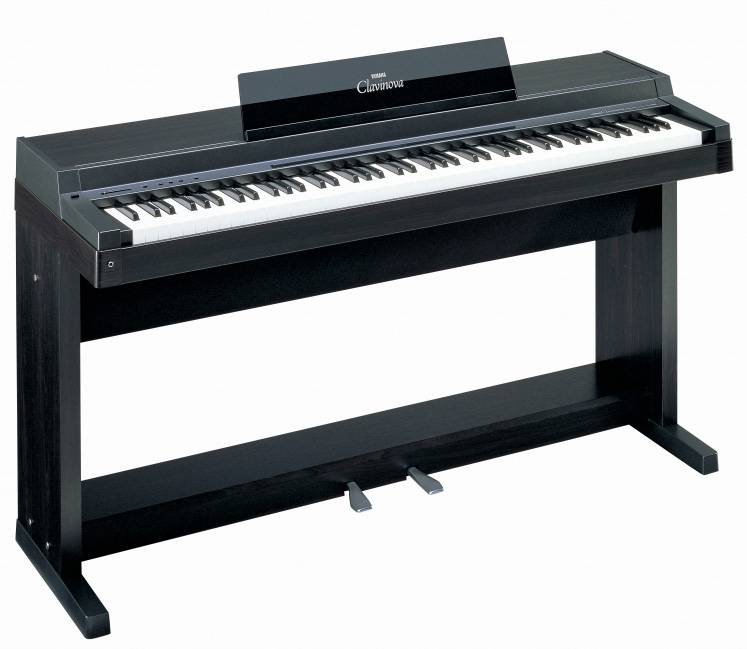
It was clear that sampling was the closest to live sound with the technology available at the time, since what was required of an electronic piano was a substitute for a real piano. Even today, sampling is the mainstream sound source for electronic pianos.
Velocity Layer
In order for the sound quality of a piano to change depending on the intensity of keyboard playing, multiple samples are assigned to a single keyboard key according to its intensity. This is called a velocity layer, and there can be anywhere from a few to over 100 samples layered on top of each other. The following screenshot of the software sampler shows a piano sound created by Soundfont. The maximum number of layers is about 6. Incidentally, in MIDI, velocity is defined as 0 to 127 levels. For example, this is increasing on pianos year after year, so a huge amount of sampling is required.

Loop playback
This also requires a certain amount of time until the piano stops sounding and there is a certain amount of sustain, so recording until the sound is cut off would require a lot of memory. Loop playback is a typical example.
The sound of many musical instruments has a characteristic attack, after which the volume tends to decrease with a similar sound. As shown in the figure below, by playing back the sampled sound and looping a certain section while lowering the volume, it can be made to sound like this.

The following figure shows an enlarged view of the yellow area at the tail end of the above figure. The interval between these two parts is looped and decays.

In the case of violins and wind instruments that can produce sustained notes, the looping is performed during the sustained note. The cello sample below loops for one cycle.

GM Tone Generator
The GM tone generator, which can play 128 voices and 16 parts simultaneously, is also basically a sampling sound source. If your goal is to cover a large number of tones rather than quality, sampled sound sources are a good match. When creating tones by synthesizing them, it is easy to have balance problems due to the strengths and weaknesses of different synthesis methods.
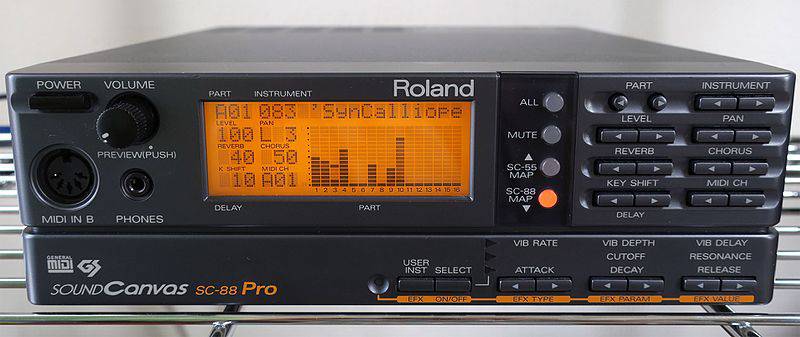
Roland SC-88Pro, CC BY 4.0 DEED (Source: Wikipedia)
Versatile sampling sound source
You can sample not only acoustic instruments, but also analog synth sounds. Furthermore, the sound can be processed with filters and other techniques for greater flexibility and control. Sampling is useful because it can easily accommodate any kind of tone, and it continues to be used as a central tool.
One drawback is that it is difficult to create tonal variations depending on the player. It is also not suitable for players who wish to vary the timbre of sustained tones. For example, it is not suitable for wind instruments and violins, where you have to add expression to the sustained sound.
Current Software PCM Tone Generator
The status of PCM is unshakable even in the 2020s. The escalating trend is to push the envelope with CPU performance, large memory, large storage capacity, and fast systems.
In particular, drum and piano instruments are becoming bloated. Sampling capacities in excess of GB are the norm.
Piano sound source Synthogy Ivory II over 100GB
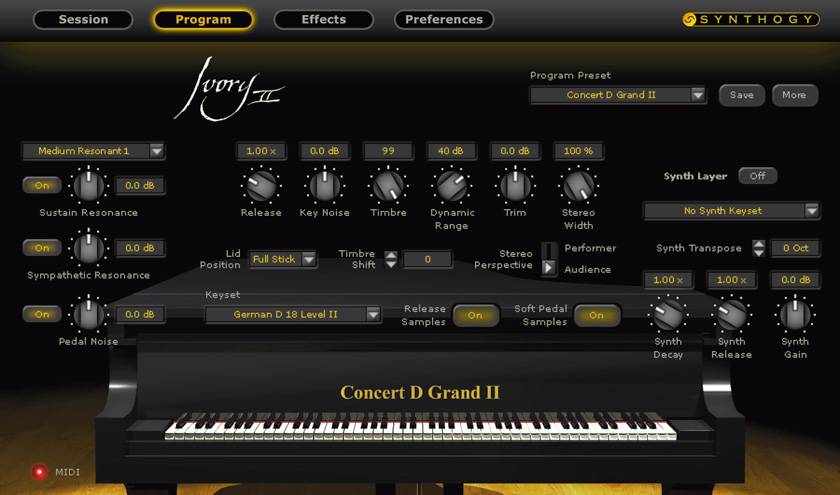
Drum sound source for professional use TOONTRACK SUPERIOR DRUMMER 3 over 200GB
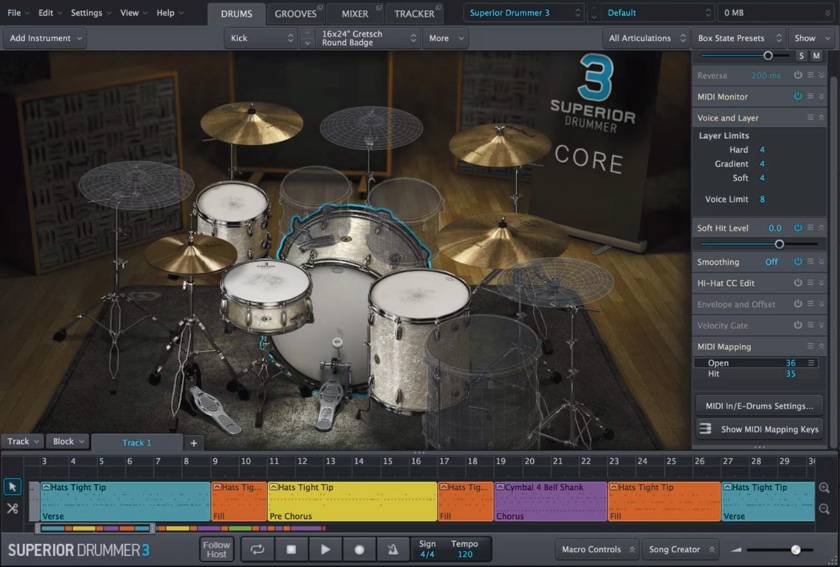
The Future of Sampling Sound Source
I believe that sampling sound sources are immortal in the reproduction of live instruments. The process of recording is one of the most important means of music making, rather than instrumental sound creation, so this in itself is immortal, and the preferred sound changes with the times. Since the sound is created by the recording, it should not disappear at any time.
Sampled sound sources are recordings themselves, so they cannot be evaluated in that category alone. The important point is who recorded and edited the sampled sound source. It is fair to say that the value of the sound source is determined by the sense of the sound source. However, if you are looking for higher quality and expressiveness, you will have to be prepared to pay more for more memory capacity.
In the next issue, I would like to introduce wavetables and other sound sources, which can be considered as a companion to sampling sound sources.
The “sound & person” column is made up of contributions from you.
For details about contributing, click here.











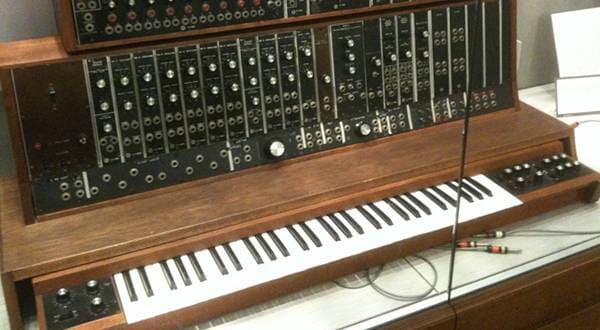
![[2025 Latest Edition] Choosing a Synthesizer/Popular Synthesizers Ranking](/contents/uploads/thumbs/2/2022/9/20220916_2_19446_1.jpg)

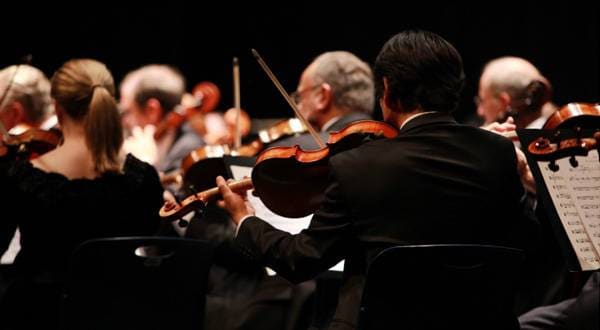
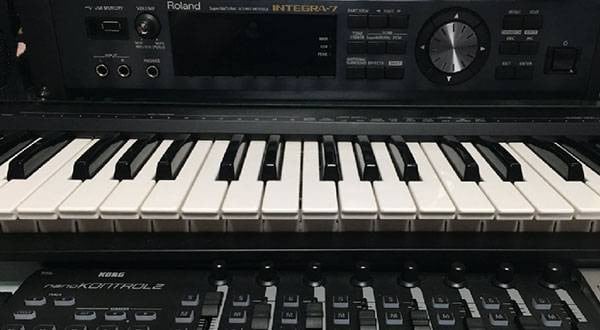
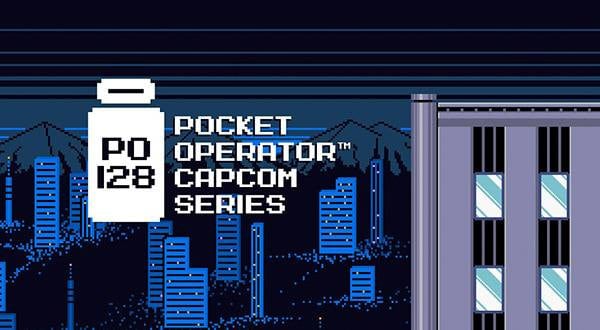
 iZotopeが手がけるオールインワンDAW “Spire”
iZotopeが手がけるオールインワンDAW “Spire”
 USB接続対応のMIDIキーボード
USB接続対応のMIDIキーボード
 DTMに必要な機材
DTMに必要な機材
 キーボードスタートガイド
キーボードスタートガイド
 キーボード・ピアノ講座
キーボード・ピアノ講座
 DTM・DAW購入ガイド
DTM・DAW購入ガイド















